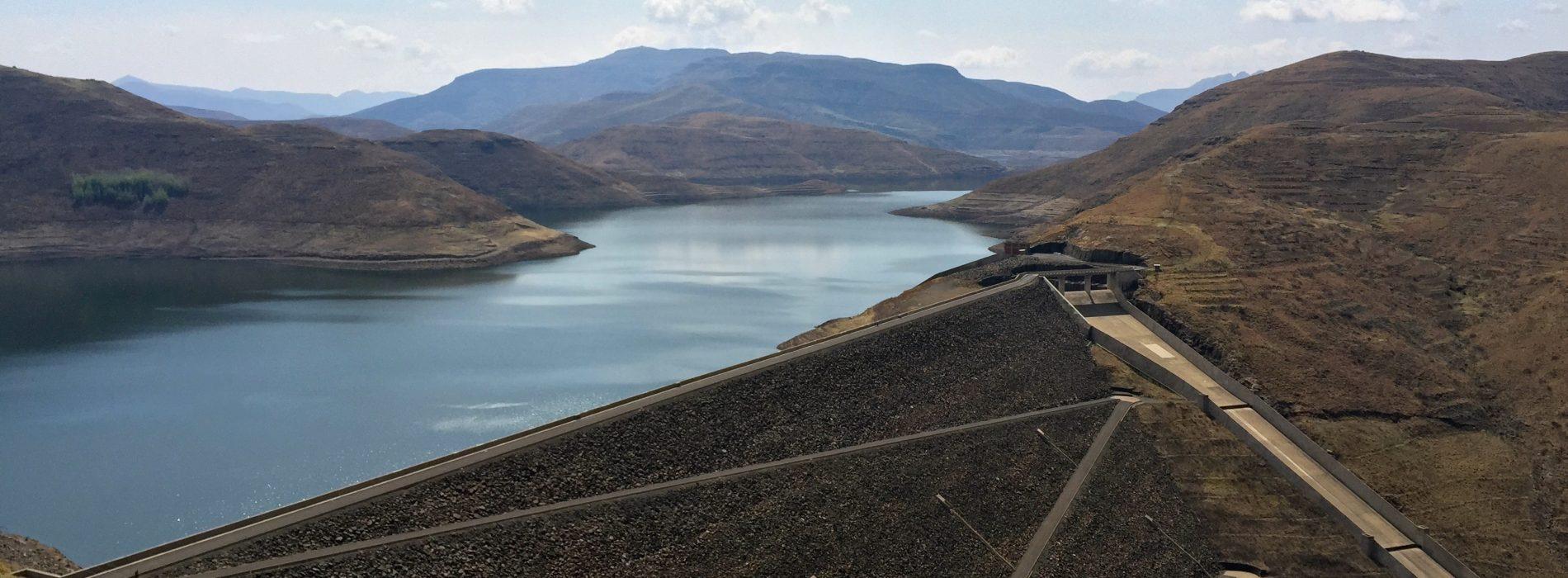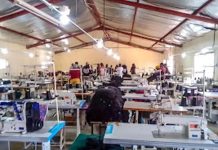Africa-Press – Lesotho. The Lesotho Highlands Water Project (LHWP)has had a very noticeable impact on the Lesotho’s economic growth. “This project involves harnessing the Senqu/Orange River and its effluents, and transfers the water to South Africa and by utilising such delivery system to generate hydro-electric power in the Kingdom of Lesotho,” explained, Masilo Phakoe, the Public Relations Manager of LHWP.
He said the 1986 Treaty governing the Project specifies the quantity and quality of the water delivered to South Africa annually. “The overall aim of the Project was to promote sustainable economic growth, reduce poverty and improve the livelihoods of the people of the two countries.
”
Phakoe said 2016 has been an eventful 30 years for the Project in terms of its contribution towards the economic growth of the country.
Over the years, Phakoe indicated that the Lesotho Highlands Development Authority (LHDA), which is the implementing agency for the project, has successfully made great strides and significant achievements as it implemented Phase I of the Project.
“This includes the construction of the Katse Dam, the Mohale Dam with their interconnecting tunnels, and the ‘Muela Hydropower Station. The implementation of social and environmental programmes is of an on-going nature.
“Prior to construction of the dams and the tunnel, Phase I of the Project effectively opened up the mountain areas through the development of new roads of high quality to facilitate safe movement of construction vehicles during mobilisation of machinery and other facilities required for construction,” declared the Public Relations Manager.
For instance, he said, about 300 km tarred roads were constructed. “These include Nelson Mandela road from Hlotse to Katse and Kofi Annan road that links Maseru to Mohale Dam respectively.
”
Furthermore, there are 400 km of Grade I gravel roads that were also constructed and 133km of roads that were rehabilitated to Grade I standard.
Phakoe went on to indicate that the road infrastructure improved access to basic services facilities that include among others, taxi and bus stops, schools, crèches, clinics and market places in the mountain region while greatly reducing travelling time between the lowlands and the highlands.
He said the cost of the implementation of Phase I of the Project at M17.5 billion had a positive contribution on the country’s economy, adding that the investments led to a rise in government revenue sources such as income taxes, company taxes, sales taxes and customs duty receipts.
Furthermore, Phakoe reiterated that more than 16,000 jobs were created while Basotho contractors and consultants’ companies were contracted or subcontracted for different activities of the Project.
“The access to job opportunities was a major factor in poverty reduction and economic growth in the country,” the Public Relations Manager was quoted as saying.
He revealed that in 1998, the LHWP reached a major milestone when Lesotho started delivering water to South Africa saying since then, the water transfer royalties revenue collected from the transfer of water amounts to M6.7 billion as at end of January 2016.
This, according to him, constitutes one of the major sources of Lesotho Government’s non tax revenue. Phakoe reiterated that the water conveyance system is used to generate electricity at the ‘Muela Hydropower Station to supply the needs of Lesotho.
He said Lesotho used to import electricity from South Africa prior to the construction of this station. “Today the station has reduced demand for imported electricity and as a result not only saved on imports but contributed to the domestic income.
”
“The expansion of electricity supply networks has also stimulated local industry and in turn economic growth in Lesotho.
The cumulative electricity sales revenue since the commissioning of the ‘Muela Hydropower Plant in August 1998 to January 2016 amounts to approximately M948 million,” explained Phakoe.
He said since the beginning of the construction of the LHWP dams and their associated infrastructure, a lot of local and international tourists visited the LHWP sites to see these men made marvels.
He was of the view that the increased tourism in the LHWP areas and in Lesotho have brought opportunities that include among others, new hospitality related services and products, employment in hospitality establishments, accommodation services , tour guide services, food production, transportation services and provision of other basic human requirements that tourists purchase along with souvenirs.
“These have a direct boost to the local spending and have a trickle-down effect on the economy,” added Phakoe.
2016 is a special year as it marks the 30th anniversary of the signing of the Treaty on the LHWP as well as a successful bilateral cooperation and partnership between the two countries. This is a major milestone for LHDA.






